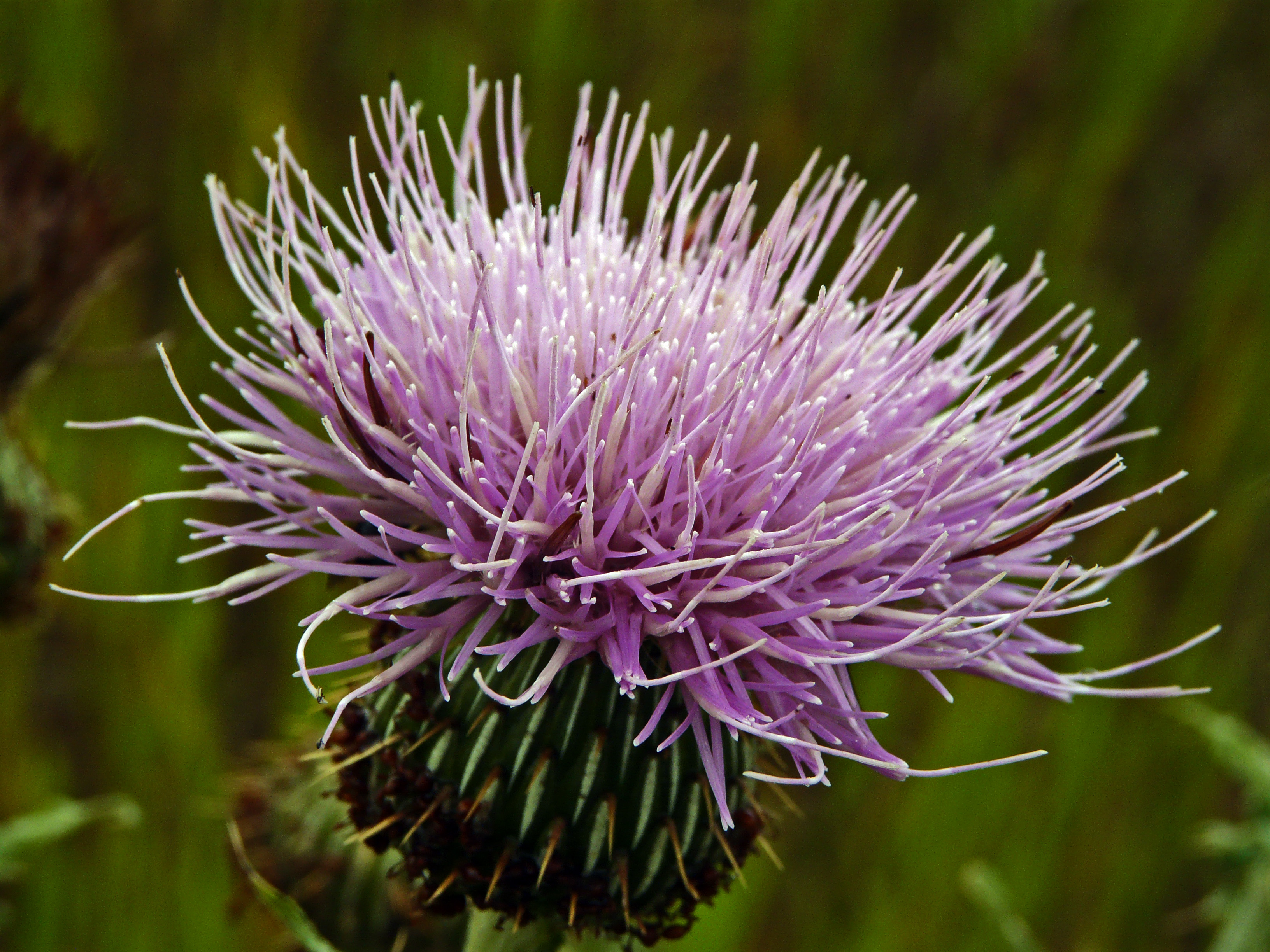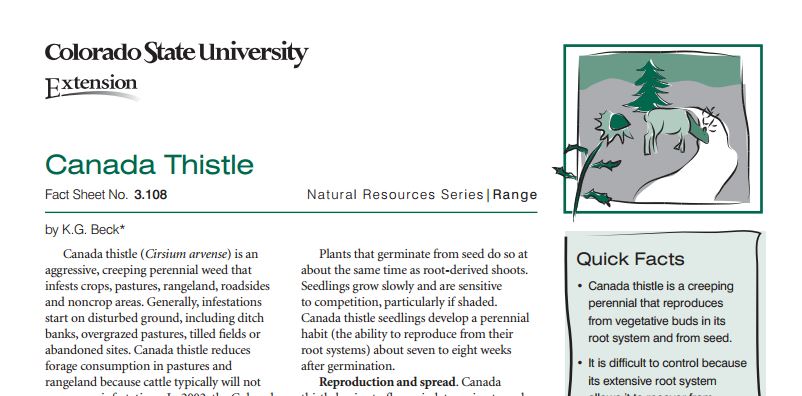Posted
by: Roseann Sorrentino
(3 points)
![]()
Posted: April 24, 2013
You are correct in saying that this plant is edible. You can eat the leaves cooked like spinach or fresh in salads, but you will obviously have to trim the spines off first. The most prized part of the plant is the stem which can be eaten after removing the spines and peeling. You will have to handle the plant while wearing thick gloves though and as it is the spines that are irritants then you will probably be fine once those are removed.
Additional Info:
http://www.wildflowers-and-weeds.com/...
Posted
by: Lindsay McMenemy
(9 points)
Posted: April 24, 2013
Thistles are one of those resilient plants that you'll have to come after again and again. It's a war--not a battle. I use a sharp pair of long pruning clippers and a rugged pair of work-gloves. Clip the plant as close to the ground as you can get, then pick it up with your protected hands to dispose of. I would strongly recommend avoiding Round-Up and other such systemic pesticides, which kill indiscriminately, and toxins can drift to other plants.
Here is a great resource to check out: http://www.gardeningknowhow.com/plant...
Posted
by: Samantha Burns
(15 points)
![]()
Posted: April 25, 2013
thank you. I have picked almost all of them and forgot about the really big one. The bees came around for them for the last two weeks and I just grabbed them out yesterday. No plans on ever using pesticides or herbicides. So no worries on that. over 11 years ago.
Here are a few images of Canada thistle emerging from the ground:
http://www.oardc.ohio-state.edu/weedg...
You can see they are more upright than your specimen.
An example of a common Carduus species
http://www.nd.gov/ndda/files/resource...
This may not be the species you have, but the anatomy of the rosette is closer.
Both Cirsium and Carduus genera have many invasive species, so you probably want to destroy the seed heads before they go to seed if you decide to keep it around for the pollinators (which do enjoy the flowers).
Posted
by: Kerry Mauck
(58 points)
![]()
Posted: April 26, 2013
There are a number of commercially available products that are probably registered as herbicides in your state. Ask at garden centers. It's acceptable for organic growers.
The vinegar dissipates quickly and won't alter soil pH, so you can plant directly into the sprayed areas (though it'd probably be a good idea to put down a layer of black plastic or cardboard and grow squash or melons there this season; give it a whole growing season to prevent last year's seeds from germinating.)
Warning: 15%-20% acetic acid can burn, so spray on a windless day, wear skin and eye protection, and keep the product locked up away from children.
Posted
by: Peg Boyles
(4 points)
![]()
Posted: April 26, 2013




Goats love thistles. I take one of the goats on leash out to the garden and she does my weeding. over 11 years ago.